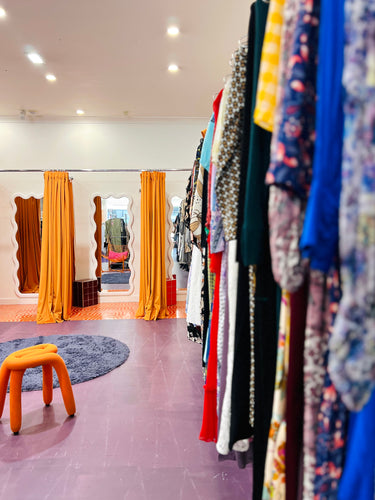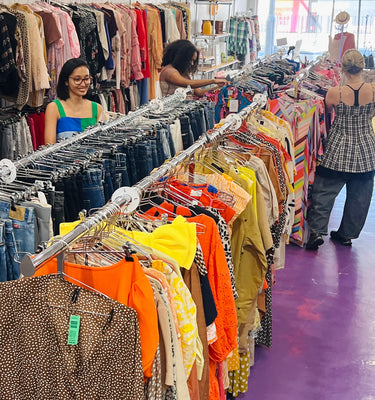When it comes to building stylish and balanced outfits, understanding color combinations is just as important as knowing the latest trends. The clothing color wheel is a helpful tool that shows how different shades work together, helping you create looks that feel cohesive, vibrant, or understated—depending on your mood or the occasion.
What Is the Clothing Color Wheel?
The clothing color wheel is adapted from the traditional artist’s color wheel. It includes:
-
Primary Colors: Red, blue, yellow.
These foundational hues cannot be created by mixing other colors. -
Secondary Colors: Green, orange, purple.
Created by combining primary colors. -
Tertiary Colors: Mixes of primary and secondary colors, offering more variety like teal, coral, or mustard.
Examples include yellow/orange, red/orange, red/purple, blue/purple, blue/green, and yellow/green.

Understanding Color Temperatures
Another useful way to look at colors is by their temperature:

-
Warm Colors: Red, orange, yellow, and brown—known for creating active, energizing impressions.
-
Cool Colors: Blue, green, and purple—calming and relaxing tones.
-
Neutral Colors: Black, white, grey, beige, khaki—these balance other colors and create understated looks.
Professional tip: Your skin tone also plays a role. Cooler colors tend to flatter pale or yellow-toned skin, while warmer shades complement deeper skin tones.
Basic Color Matching Methods
Here are the essential color combinations you can create using the color wheel:
Monochromatic

-
What it is: One color in varying shades and tints.
-
Example: Light blue shirt with navy trousers.
-
Style Tip: Add depth using textures like denim, silk, or knits when wearing a single color.
Complementary

-
What it is: Colors opposite each other on the wheel.
-
Example: Blue and orange, red and green.
-
Style Tip: Balance strong contrasts with neutral pieces like white or beige. Designers often tweak complementary schemes by using slightly darker or lighter shades—for example, pairing red with olive green instead of bright green.
Analogous (Dominance Harmony)

-
What it is: Three colors side by side on the wheel.
-
Example: Yellow, yellow-green, and green.
-
Style Tip: Let one color dominate while using the others as accents. Analogous colors naturally look harmonious.
Triadic

-
What it is: Three evenly spaced colors on the wheel, forming a triangle.
-
Example: Red, yellow, and blue.
-
Style Tip: Pick one main color and use the other two in smaller proportions.
Split Complementary

-
What it is: One base color plus the two colors adjacent to its opposite.
-
Example: Red with yellow-green and blue-green.
-
Style Tip: Easier to balance than direct complementary schemes while still looking dynamic.
Tetradic (Double Complementary)

-
What it is: Two sets of complementary pairs, forming a rectangle on the wheel.
-
Style Tip: Let one color lead and keep the others as support to avoid overwhelming the outfit. This scheme is richer but harder to balance.
Practical Tips for Everyday Outfits
-
Use One Statement Color: If you’re unsure, start with a neutral outfit and add a pop of color through a bag, shoes, or jacket.
-
Understand Undertones: Cool (blue-based) vs. warm (yellow-based) shades affect how colors complement each other and your skin tone.
-
Consider Fabric and Lighting: Colors appear differently on silk, cotton, or denim, and may shift under indoor or outdoor lighting.
-
Keep Color Families Together: Pastels match best with pastels; jewel tones look great with other jewel tones.
-
Match Materials: If you’re wearing dark leather shoes, opt for a matching dark leather belt or bag to tie the look together.
Common Color Combinations That Always Work
-
Navy + White + Camel
-
Olive Green + Rust + Cream
-
Black + Grey + Silver Accessories
-
Burgundy + Blush Pink + Gold Accents

Final Thoughts
The clothing color wheel isn’t a rulebook—it’s a creative guide. Once you’re comfortable using it, experimenting with unexpected combinations becomes easier and more natural. The more you practice, the more instinctive your color-matching skills will become.
Also read: Quiet Luxury Outfit Ideas: Styling Tips for Effortless Elegance




